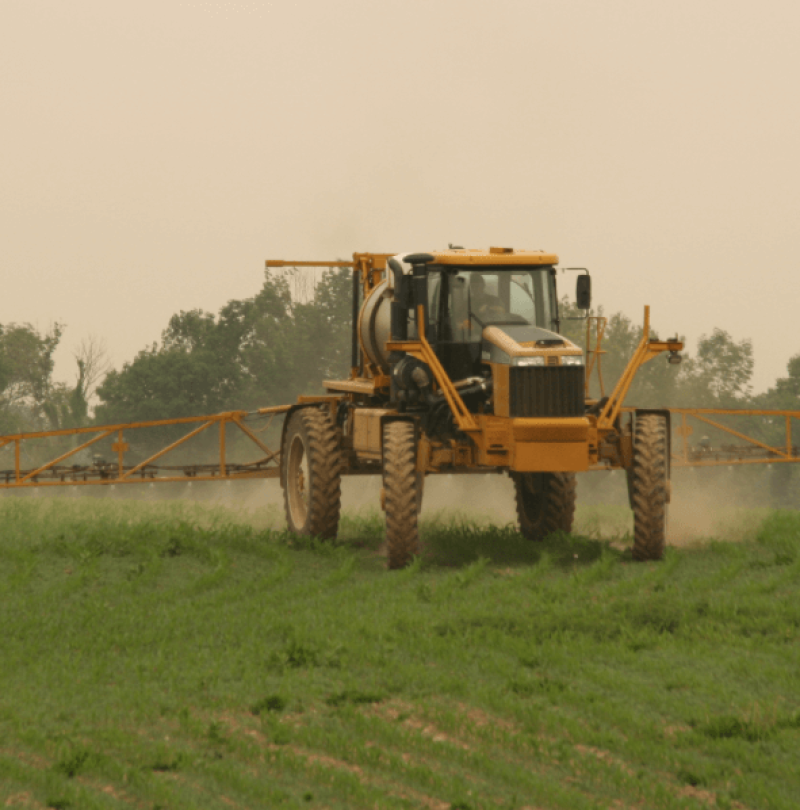The GLP aggregated and excerpted this blog/article to reflect the diversity of news, opinion and analysis.
One of the most popular herbicides in U.S. agriculture can be dangerous to animals and fish and leaves behind worrisome residue levels, the Environmental Protection Agency said on [June 2] in a draft report that sparked outrage among farmers.
The agency’s assessment of atrazine could lead to tighter regulatory limits on the product. . . That could ultimately prevent farmers from being able to use it to control weeds, according to agricultural groups that blasted the report as flawed.
. . . .
The EPA said atrazine’s effects exceeded its “levels of concern” for chronic risk by 198 times for mammals and 62 times for fish. The agency will accept comments on the preliminary findings and consider whether to require label changes after it publishes a final risk assessment.
. . . .
If the EPA’s report is finalized as written, it could cause label restrictions so severe that they would “effectively ban the product from most uses,” the Iowa Corn Growers Association said.
Read full, original post: Widely used U.S. farm chemical atrazine may threaten animals































